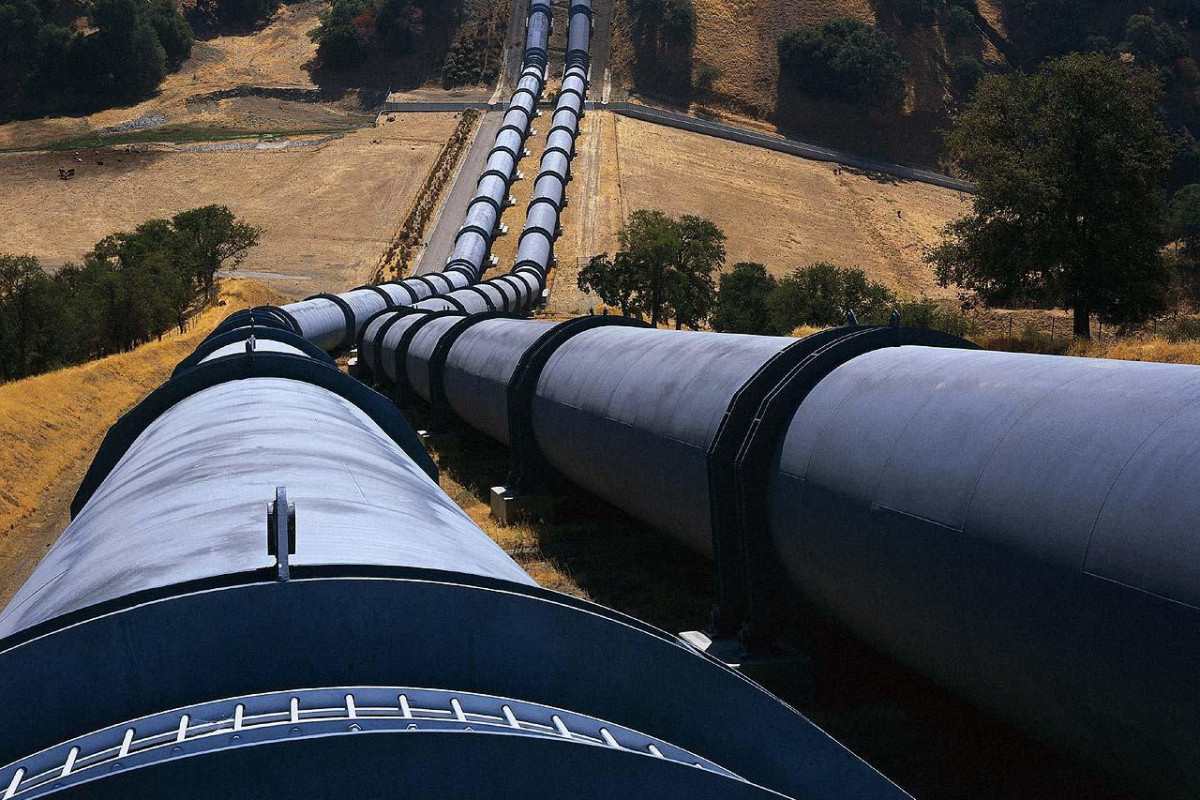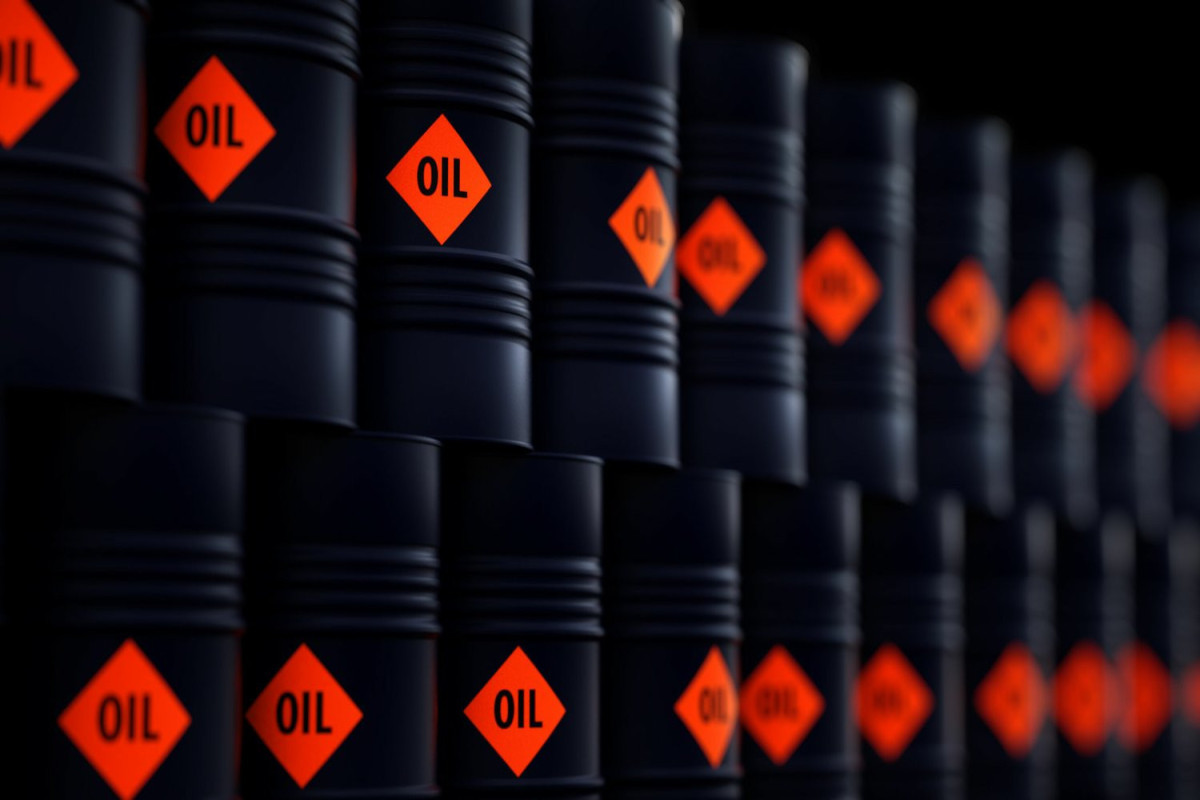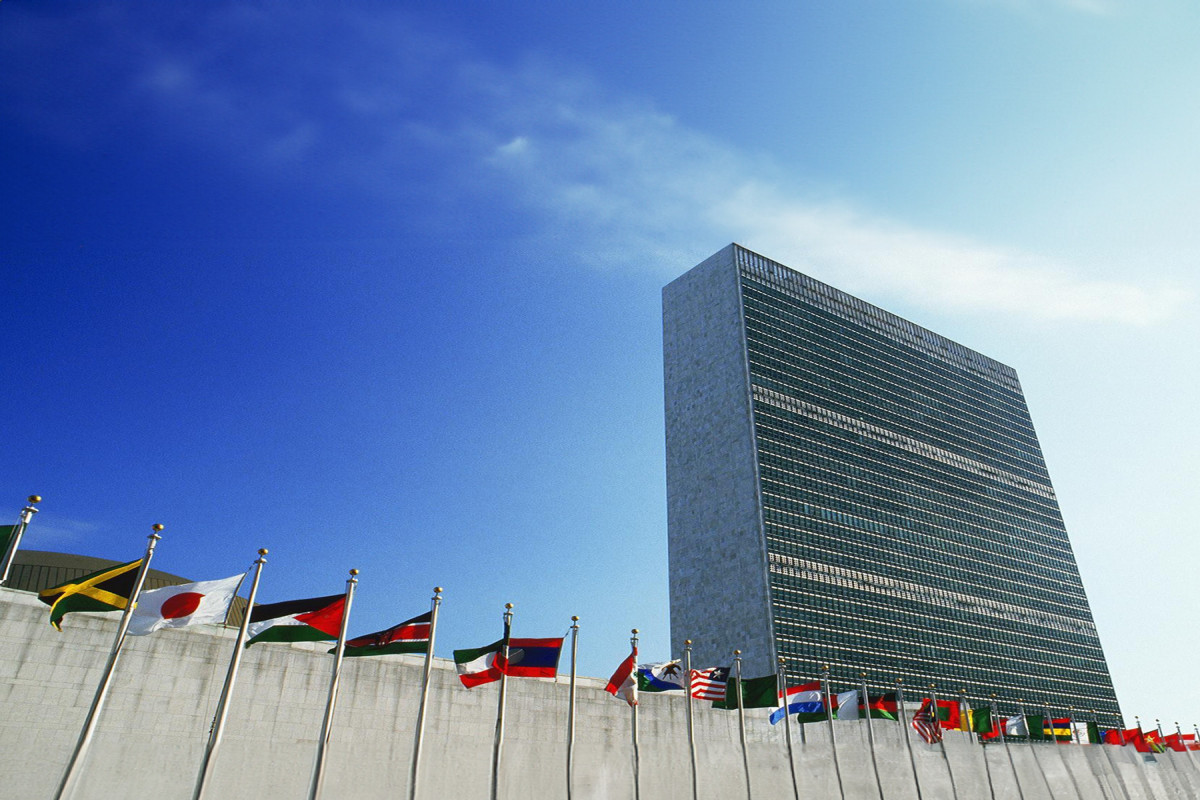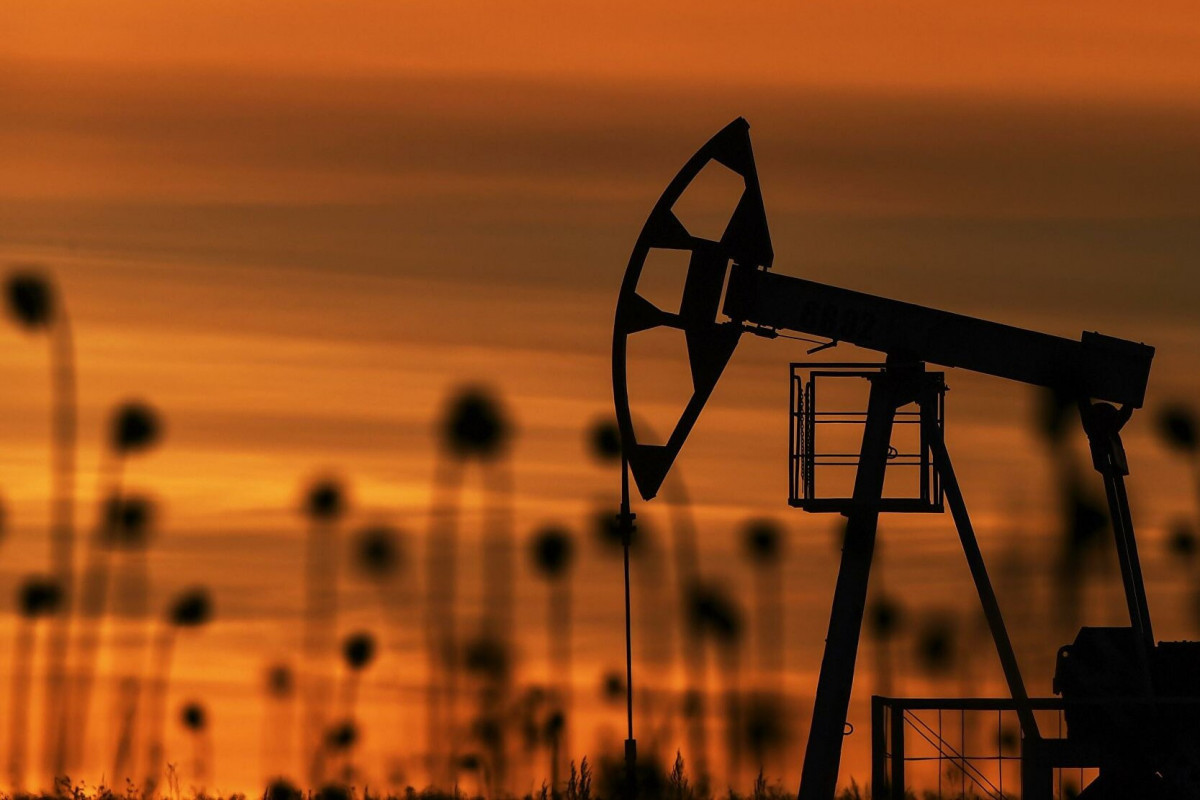With Europe rapidly nearing the end of the winter heating season, there is increasing confidence the region will have a record volume of gas still in storage, resulting in downward pressure on futures prices, APA reports citing Reuters.
Stocks in the European Union and United Kingdom amounted to a seasonal record 685 terawatt hours (TWh) on March 1, and storage was almost 61% full, according to data from Gas Infrastructure Europe (GIE).
Inventories were +272 TWh (+66% or +2.55 standard deviations) above the prior ten-year average, compared with a deficit of -87 TWh (-21% or -0.82 standard deviations) on the same date last year.
Storage fill is at record levels and far above the 39% seasonal average for the last decade (“Aggregated gas storage inventory”, GIE, March 3).
Reflecting bulging inventories, front-month futures prices have slumped to just 45 euros ($47.71) per megawatt hour from 189 euros when the winter season started on Oct. 1 and a peak of 339 euros in late August 2022.
Based on previous seasonal movements, inventories are projected to deplete to a low of 617 TWh before the winter drawdown ends, with a probable range from a minimum of 569 TWh to a maximum of 667 TWh.
The projected carry out is the highest on record, surpassing the previous record of 609 TWh at the end of winter 2019/20, and far above the ten-year average of 345 TWh.
As the end of the winter draws near, there is increasing confidence in this projection, with the range of probable outcomes down to just 98 TWh from 311 TWh on Jan. 1 and 430 TWh on Oct. 1.
As a result, storage sites are expected to be almost 55% full on March 31 compared with just 26% on the same date in 2022.
Europe’s consumption has been reduced through a combination of industrial closures, public information campaigns to reduce energy use, and milder than usual weather, coupled with brisk imports of LNG.
The European Centre for Medium-Range Weather Forecasts predicts temperatures will be slightly colder than average for the seven days between March 6 and March 13, but after that warmer through the end of March.
Futures prices are sliding to arrest the swelling surplus by encouraging more consumption from industry and power generators and re-routing liquefied natural gas (LNG) tankers to alternative markets in South and East Asia.







